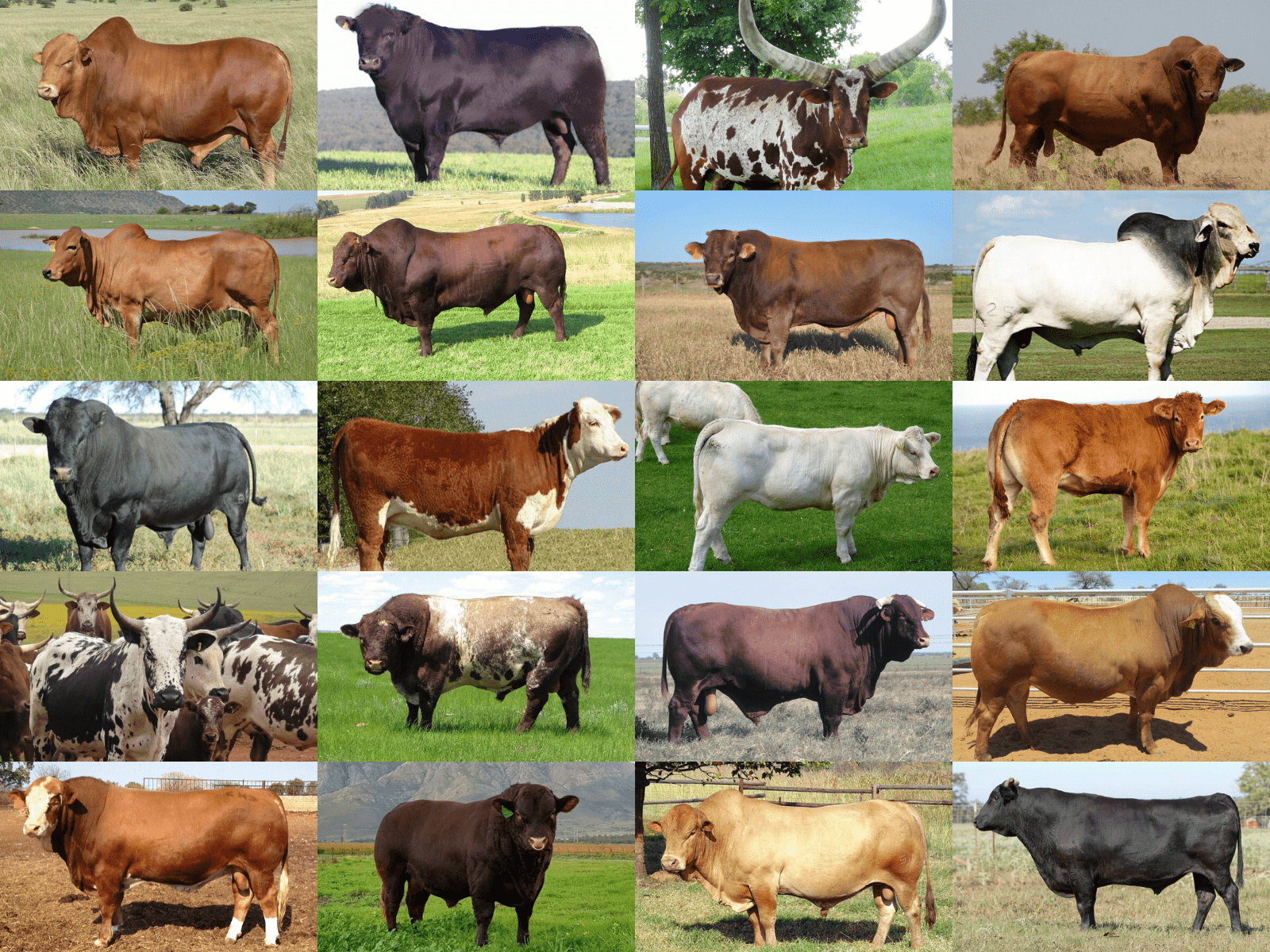
Breeding Sweat-Tolerant Cattle Enhances Food Security In regions plagued by heat stress, cattle production faces significant challenges. Heat stress impairs cattle’s ability to feed, digest, and reproduce efficiently, resulting in reduced meat and milk yields. To address this issue, researchers and farmers are exploring innovative approaches to breed cattle that can better withstand high temperatures. The Impact of Heat Stress on Cattle Heat stress occurs when cattle’s body temperature exceeds their optimal range, typically around 37.5°C (99.5°F). When exposed to extreme heat, cattle experience increased panting, sweating, and increased blood flow to the skin. These physiological responses divert energy away from productive functions, such as growth and lactation. Heat stress can lead to: * Reduced feed intake and impaired digestion * Decreased milk production and reproductive performance * Increased disease susceptibility and mortality Breeding for Heat Tolerance In response to the challenges posed by heat stress, breeders are focusing on selecting cattle with traits that enhance their ability to adapt to hot environments. These traits include: * Sweating efficiency: Cattle that sweat profusely can dissipate heat more effectively, reducing their body temperature. * Coat characteristics: Cattle with sleek, short coats promote heat dissipation and prevent overheating. * Temperament: Calm and docile cattle are less likely to experience heat stress during handling and transport. * Metabolic rate: Efficient cattle have a lower metabolic rate, which reduces heat production. The Benefits of Breeding Heat-Tolerant Cattle Breeding cattle for heat tolerance offers numerous benefits for food security: * Increased meat and milk production: Heat-tolerant cattle can maintain higher feed intake and reproductive performance, leading to increased production of meat and milk. * Reduced heat-related mortality: By selecting cattle that are less susceptible to heat stress, farmers can minimize losses due to heat-related diseases and mortality. * Expanded production zones: Heat-tolerant cattle can be raised in areas that were previously too hot for cattle production, expanding the availability of meat and milk in these regions. * Environmental sustainability: Reducing heat stress can decrease the carbon footprint of cattle production, as animals require less energy to cool down. Conclusion Breeding sweat-tolerant cattle is a promising approach to enhance food security in heat-stressed regions. By selecting cattle with traits that promote heat dissipation, farmers can increase production, reduce mortality, and expand production zones. As heat stress becomes a greater challenge due to climate change, breeding for heat tolerance will play a vital role in ensuring the sustainability of cattle production and the availability of nutritious food for a growing global population.## Sweating Cows: A Key to Food Security in a Warming World## Sweating Cows: A Key to Food Security in a Warming World With the increasing temperatures brought on by climate change, researchers are exploring innovative solutions to ensure food security and livestock health. One such area of study focuses on the sweating capacity of cows, as their ability to dissipate heat through sweat is crucial for their well-being and productivity. Heat Stress and Cattle Health When cattle experience excessive heat, they tend to reduce their food intake, which negatively impacts their growth, reproduction, and overall health. This heat stress is particularly concerning in subtropical regions, where it can result in significant economic losses in beef production. Genetic Variability in Sweating Research conducted by scientists at the University of Florida Institute of Food and Agricultural Sciences (UF/IFAS) has revealed substantial genetic variability in sweating ability among cattle of the same breed. By selecting and breeding cattle with enhanced sweating capabilities, farmers can potentially create herds that are more resilient to heat stress and can maintain optimal growth and reproduction. Identifying Heat-Tolerant Genes The study, published in the Journal of Animal Sciences and Biotechnology, examined thousands of Brangus cattle, a cross between Brahman and Angus breeds. Skin biopsies and genetic analysis enabled the researchers to identify genetic markers associated with sweat gland size and sweat production efficiency. The results showed that genetics from both Brahman and Angus breeds positively contribute to sweating capacity in Brangus cattle. Practical Implications This research provides valuable insights for farmers. By selecting cattle with specific genetic markers, they can breed for improved sweating ability, leading to herds that are better adapted to warmer climates. This can help mitigate the negative effects of heat stress on livestock production and ensure a more reliable food supply. Continuing Research The findings from this study open up new avenues for research. Scientists aim to further explore the genetic basis of sweating capacity and develop precision breeding tools to enhance heat tolerance in cattle. Such advancements will contribute to the sustainability and productivity of livestock farming in the face of a changing climate.
Breeding cattle that sweat less could increase food security in warm climates, according to a new study. The study, published in the journal Animal, found that cattle that sweat less are more efficient at converting feed into meat, and they are also less likely to suffer from heat stress. Heat stress can cause cattle to lose weight, produce less milk, and have difficulty reproducing. In warm climates, heat stress is a major challenge for cattle production. The study’s findings suggest that breeding cattle that sweat less could help to improve productivity and reduce the impact of heat stress on cattle in these regions. The study was conducted by researchers at the University of California, Davis. The researchers used a computer model to simulate the effects of different levels of sweating on cattle production. They found that cattle that sweat less were more efficient at converting feed into meat, and they were also less likely to suffer from heat stress. The researchers say that their findings could help to improve the productivity of cattle production in warm climates. They say that breeding cattle that sweat less could help to increase food security in these regions.
Posted inNews